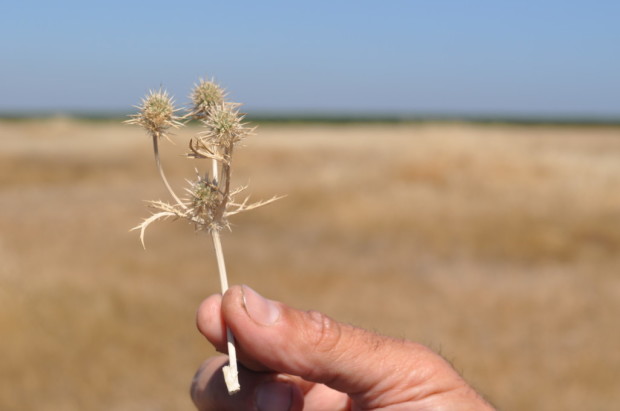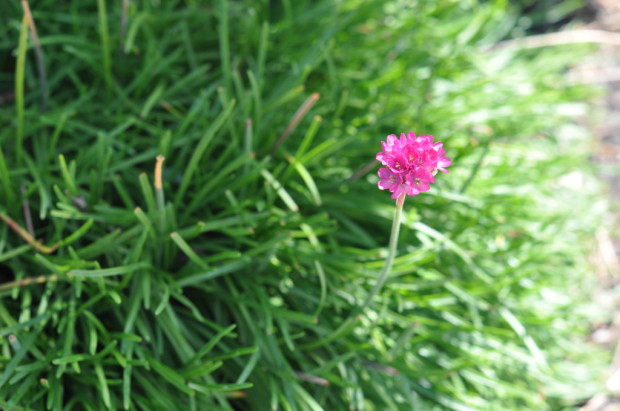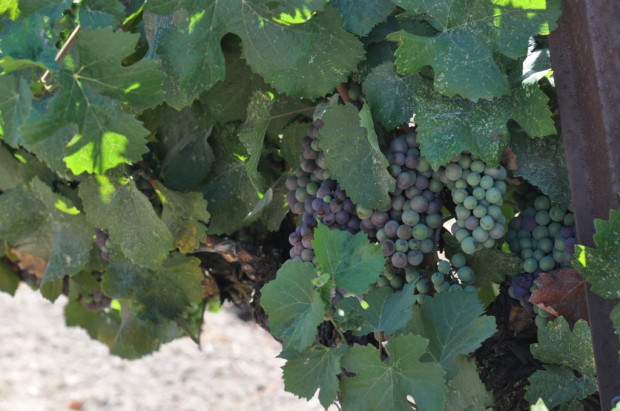As some of you know, I have an ongoing series that has rested dormant for several months drawing Winemaker Superheroes. Abe Schoener opened the genre as Thor. Jason Lett stepped in as Dr Who (Matt Smith’s rendition, to be specific). Angela Osborne appeared as the 8th Major Arcana from Tarot, Justice. Steve Clifton was clearly Superman. In the midst of the series I also drew one Superhero Wine Writer, Jeremy Parzen, of Do Bianchi. Only a few have been drawn in the Winemaker Superhero Series (one because it takes a lot of work but also) because not just anyone can be a superhero. There must be something iconic in the person, a character that exemplifies archetypal traits and symbolism. Recently I had an epiphany for a Superhero Sommelier, and finally have had the time to draw her.
Carla Rzeszewski as the First of the Tarot Major Arcana: 0 – Faith
Quickly Explaining Symbolism of the Tarot: The Major Arcana
In Tarot, the Major Arcana represent large themes and lessons through a person’s life. There are 21 Major Arcana, each symbolizing a crucial turning point in an individual’s life path. The Minor Arcana (which resemble the cards of a traditional card deck with four suits, numbers 1-10, and royal suites), by contrast, represent decisions that must be made, but of a more everyday nature. Major Arcana are life changing. However, prior to the start of the count of these major lesson cards there is a card marked 0, which represents the pure soul setting out guided only by intuition and good intention to journey forth on the right path whatever it may offer. The card for this journeyer is traditionally called “The Fool,” with the idea of the fool here understood to mean the pure soul, the one that is not muddied by preconceived ideas, or strict knowledge. Instead, the fool travels forth in faith not knowing what the path will bring, instead knowing only that they will face the lessons with open heart and determined foot. The fool is the person guided by synchronicity, assisted by their own commitment to follow what is right for them. With such a figure in mind, the card is occasionally called instead “Faith.”
The deepest lessons from Faith are these. The path is only ever your own–you have been hand chosen to walk it and so it belongs to you. Though you are the only one that can take the particular journey, and you will gain in doing so, it is when you walk it in dedication to something bigger than yourself you receive the greatest gain.
The card also always shows an animal of some sort that brings warning and instinct to the traveler when needed. In most decks the animal appears as a small dog.
Carla Rzeszewski as Faith
In recognizing an interest in wine, Carla Rzeszewski dove into wine study while working as a bartender, finding herself with a sort of special attention for sherry and champagne. Soon after finding her love for the beverage, she was offered the opportunity to become wine director for several new restaurants in New York City. As I understand the story, the reality of stepping directly from bartender into director of a wine program intimidated her mightily. However, one of Rzeszewski’s beliefs is that if you decide you want something, you had better be prepared to embrace it and act for it when it presents itself to you. She accepted the position. Since, Rzeszewski has not only sculpted the direction of multiple wine programs in New York, but also continued her studies in wine by traveling directly to focal point regions, tasting widely, and working with other committed individuals in wine. She has served as a member of tasting panels for the New York Times, been profiled in the Wall Street Journal, and spoken at the Inaugural Women in Wine Leadership Conference held last year in New York. She has also consistently offered encouragement to others to hunt and follow their beloved goals.
Rzeszewski represents the figure of Faith from the Tarot in her hunt-the-path patience-determination combo, her open to the life-that-comes passion, her heart that flows in love and exuberance. She is guided here by a bird of creative vision, the symbol of timelessness. In flying highest, with widest wing, this bird offers insight into the full arc of life’s path from the start of flight, all the way into its transformation at times end. It is this broad vision that allows Faith to face any adventure without having to know in advance what will be. In such flight comes clarity and calm. Through her openness, the path she walks is vibrant and rich, represented by the colors shown here throughout.
In her work with wine, Rzeszewski’s choices reflect this same creativity and exploration, a playfulness grounded in dedication to her work. Her love for her work, and the people around her is infectious. It is her friendship that most readily showcases her enthusiasm.
***
Thank you to Carla Rzeszewski for your good heart. With much love.
***
To read more about, and hear more from Carla Rzeszewski:
In a recent episode of In the Drink with Joe Campanale: http://www.heritageradionetwork.com/episodes/4248-In-the-Drink-Carla-Rzeszewski
Sporting her own damn trading card on Eater NY with Levi Dalton:
http://ny.eater.com/archives/2013/05/the_spotted_pigs_carla_rzeszewski_on_her_googamooga_experience.php
Getting into Why Sherry? in the Village Voice with Lauren Mowry: http://blogs.villagevoice.com/forkintheroad/2013/04/carla_rzeszewsk_queen_sherry.php
An interview with Maggie Hoffman on which wines age well: http://drinks.seriouseats.com/2012/07/what-wines-age-well-buying-wine-tips-ask-a-sommelier-carla-rzeszewski-spotted-pig.html
A interview on I’ll Drink to That with Levi Dalton: http://soyouwanttobeasommelier.blogspot.com/2012/11/carla-rzeszewski-is-on-ill-drink-to-that.html
Super fun Lady Somm Style with Whitney Adams: http://www.brunelloshavemorefun.com/2012/04/lady-somm-style-carla-rzeszewski/
Super star in the Wall Street Journal with Jay McInernery: http://online.wsj.com/article/SB10001424052970204909104577237530327096346.html
There is so much more great stuff online with Carla. These are just a few of my favorites.
Copyright 2013 all rights reserved. When sharing or forwarding, please attribute to WakawakaWineReviews.com




































































































































































































